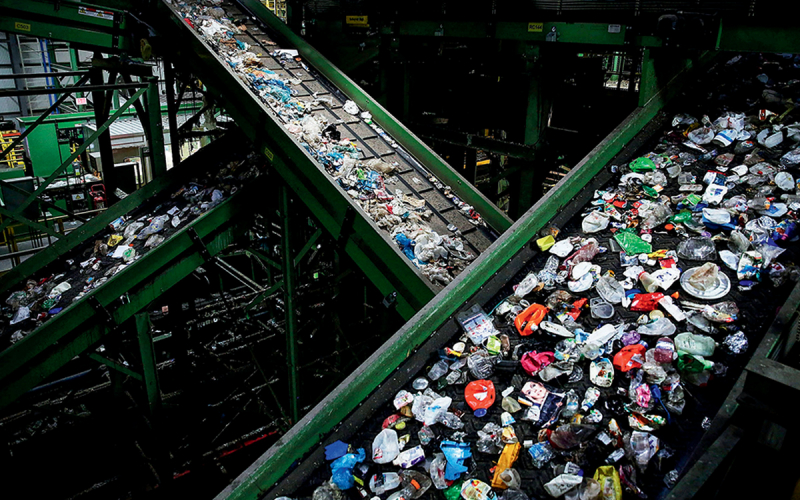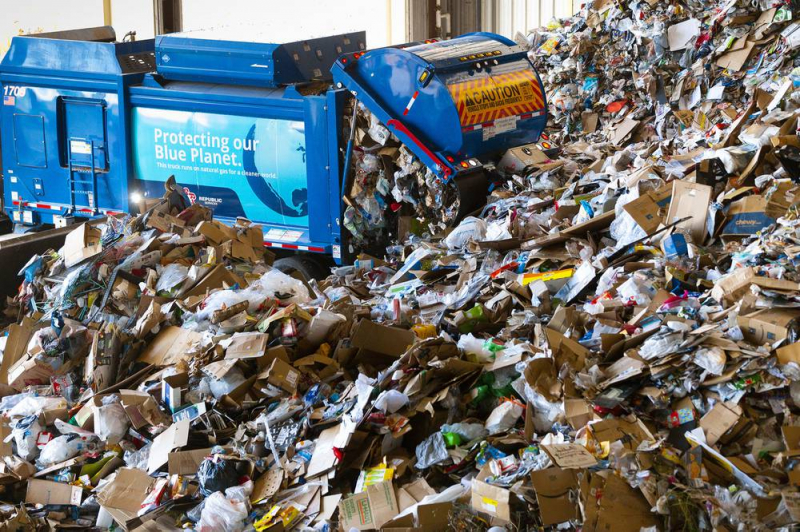The modern practice of recycling began through scrap drives
During World War II, coordinated scrap drives were started for metals, rubber, leather, paper, cooking fats (which were later recycled into gelatin used in explosives), and other materials. Over 1 million tons of scrap metal, enough to construct over 100 warships, could be found on American fields alone at the start of the war. There weren't many options for what to do with the metal prior to the war, other than to let it deteriorate in the fields.
The military and government bureaucracies have grown exponentially, creating a huge need for the primary government material output. Shortages of paper started to occur quickly. Newspapers, magazines, boxes, cartons, and other things were collected during paper drives for recycling. Many pre-war publications and comic books became scarce as a direct result of World War II paper drives, raising their value as collectibles for later generations.
Almost anything that could be recycled was collected during scrap drives. Tin cans, bicycle tires, rusted tools, abandoned pots and pans, leather products, nylons, vintage apparel, and recycled cooking fats and oils are some examples of the materials. Throughout the war, scrap drives were still conducted, almost always by volunteer groups like the Boy Scouts or fraternal organizations like the Rotarians. Although it is questionable how much they helped the war effort, they served as a unifying force on the home front during World War II and were frequently highlighted in government propaganda campaigns.












